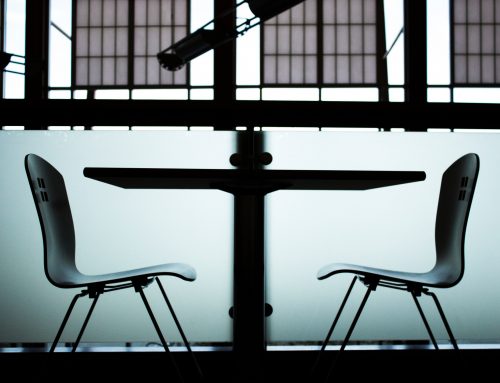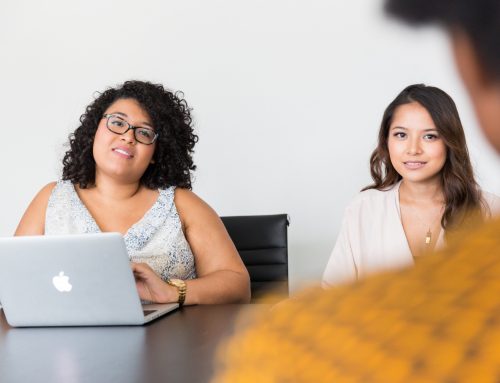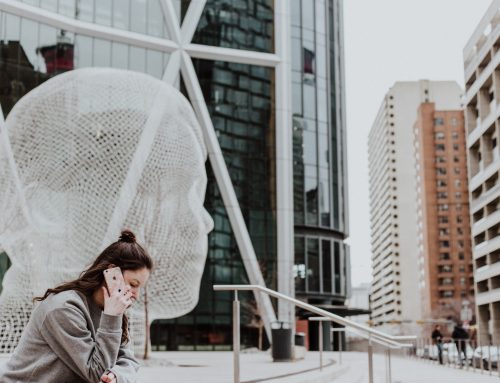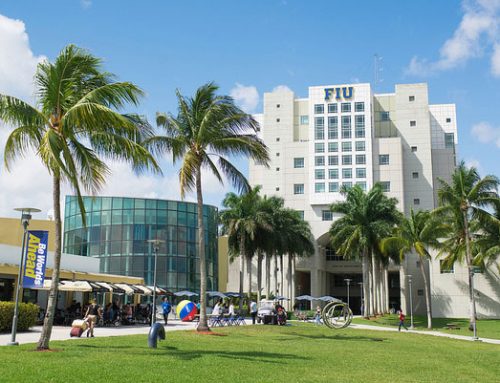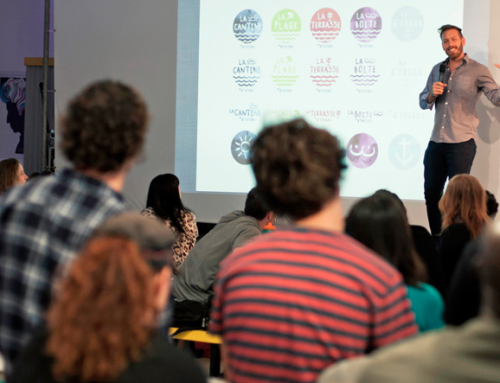Brand Revive of Max Factor in the US
A brand Revive for Max Factor in the US.
Key Brand Issue
- Proctor & Gamble put all efforts into making CoverGirl successful
- Max Factor always reinvented their makeup to accommodate film needs
- Low awareness (out of mind, out of sight)
- Lack of clear understanding of the brand; confusion
- Brand Positioning: The “makeup for makeup artists,” alienates consumers.
- Seen as complicated, hard to use.
- Consumers in the U.S. market are going toward more of an effortless, flawless look, which is what most of Max Factor’s competitors are selling
Current Target Demographic
- Max Factor has pulled all of it’s products from the United States because of declining sales, the focus will not be on the target consumer in the United States but rather Max Factor’s target consumer in it’s other markets.
- Max Factor’s current target demographic is women between the ages of 20-45 who have a middle-level income and are looking for quality in makeup at an affordable price.
- Max Factor positions themselves as Hollywood glamour and high-fashion brought to you at affordable prices; their target consumer will also have a high interest in makeup artistry.
Key Competitors
- CoverGirl
- Loreal Paris
SWOT Analysis
Strength
- P&G brand umbrella ($$$)
- Rich history in makeup artistry and innovation
- Priced competitively
Weakness
- Their brand position is alienating the market in the U.S.
- Second in the market to L’oreal, whose sales are increasing
- Covergirl in the U.S. is already popular
- Seen as cheap and overdone, “hipstery”
Opportunities
- Consider other markets
- Competitive prices for many consumers who are on a budget because of the economy
Threats
- “Natural-makeup,” no-makeup,
- Makeup look trend
- Consumers weary of ingredients in products
Creative History
- Celebrity Endorsements
- Ava Gardner, Jean Harlow, Marlene Dietrich, Judy Garland, Jaclyn Smith, Carmen Electra, Gwyneth Paltrow, etc.
- Hollywood Glamour
- “Make-up for Make-Up Artists”
- Clean Packaging
- Trendy
Ads
Logos
Retail
Brand Promise
“We believe that with the right products and make-up artistry skills any woman can be glamorous.”
Brand Assessment
1. Claims to be the make-up for makeup artists; however, consumers aren’t makeup artists.
2. Make-up for Hollywood glamour, but consumers want a natural look.
3. Consumers are disappointed by over promise.
Qualitative Research Methodology
Participants
- 25-34 years old
- Female
- College Educated
- Student or Career
- Busy lifestyles
- Makeup Enthusiasts
Methodology
- 2 Expert Interviews
- Brand Party
- Video Auto-Ethnography
- Shop-Along
- Consumer Review
Insights
- Paradox: Max Factor is supposed to be glamorous (Marilyn advertising), but it’s seen as cheap and old-fashioned.
- Paradox: High price point for drug store but looks cheap.
- Paradox: Women want variety (gradients), but Max Factor doesn’t have a large selection.
- But: Packaging looks cheap, but its actually good quality makeup.
Consumer Persona
- makeup enthusiast
- doesn’t mind “heavy makeup”
- experiential
- ok with “higher” price point
- “luxury brand”
- 25-35 years old, salary, <50K
- fashionable, trendy (socialites)
- career oriented, busy (no touch-ups)
- early majority (Diffusion of Innovations)
Brief Brief (R/GA)
Campaign #Everyday Glamour
Distribution
- Design > Package redesign
- Product Distribution > Sephora, Ulta, Online
- Awareness & Advertising
- Social
- YouTube >> YouTube celebrity endorsers
- Instagram >> Mini promo clips from blogger videos
- Facebook, Twitter, Pinterest >> Drive to YouTube
- Commercials >> YouTube & mini Instagram commercials
Package Redesign
In redesigning the packaging, we wanted to keep with a simple and chic design. We kept the classic Max Factor colors of black and gold, but gave it an edgier feel. We took out the tagline since most make up enthusiasts are high contextual leaning to more visual appealing products rather than relying on copy. We also took out the catch phrase since we wanted to move Max Factor out of drug stores and into being a luxury brand.
Magazines
We used a a very minimalist design with only the packaging display on top of the face of well known YouTube make up celebrities. These celebrities include Tanya Burr, Jaclyn Hill, Chloe Morella, and others. Our consumers aren’t make up artists, but make up enthusiasts just like the YouTube celebrities. The consumers not only love make up, but are experiential with their make up. They love watching these YouTube celebrities and even idolize them which makes Burr, Hill, and Morella excellent faces of the new Max Factor.
Tanya Burr Print Ad
Tanya Burr Magazine Print Mock Up
Jaclyn Hill Print Ad
Jaclyn Hill Magazine Print Mock Up
Social Media
Since most of the consumers use social media including Instragram, Twitter, and YouTube to follow new make up trends, celebrities, and fashion blogs it only makes sense to use these to our advantage in reachability. Youtube will have Max Factor tutorials with the YouTube celebrity endorsements giving Max Factor a relevancy in the mind of consumer.


















